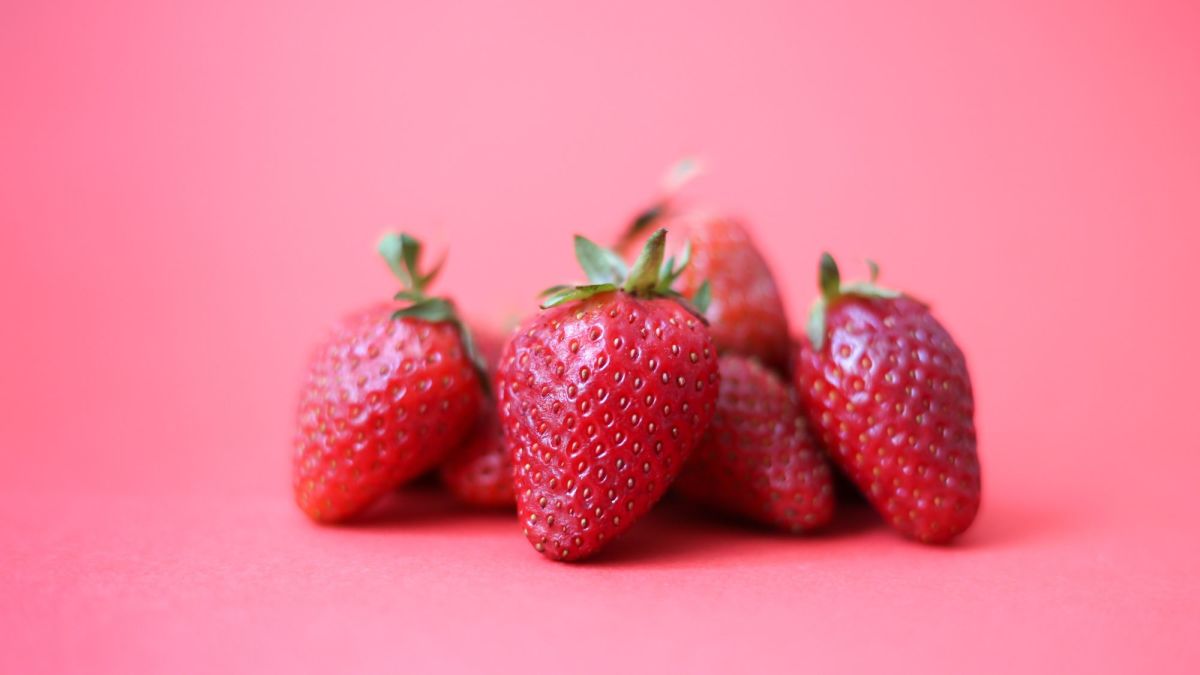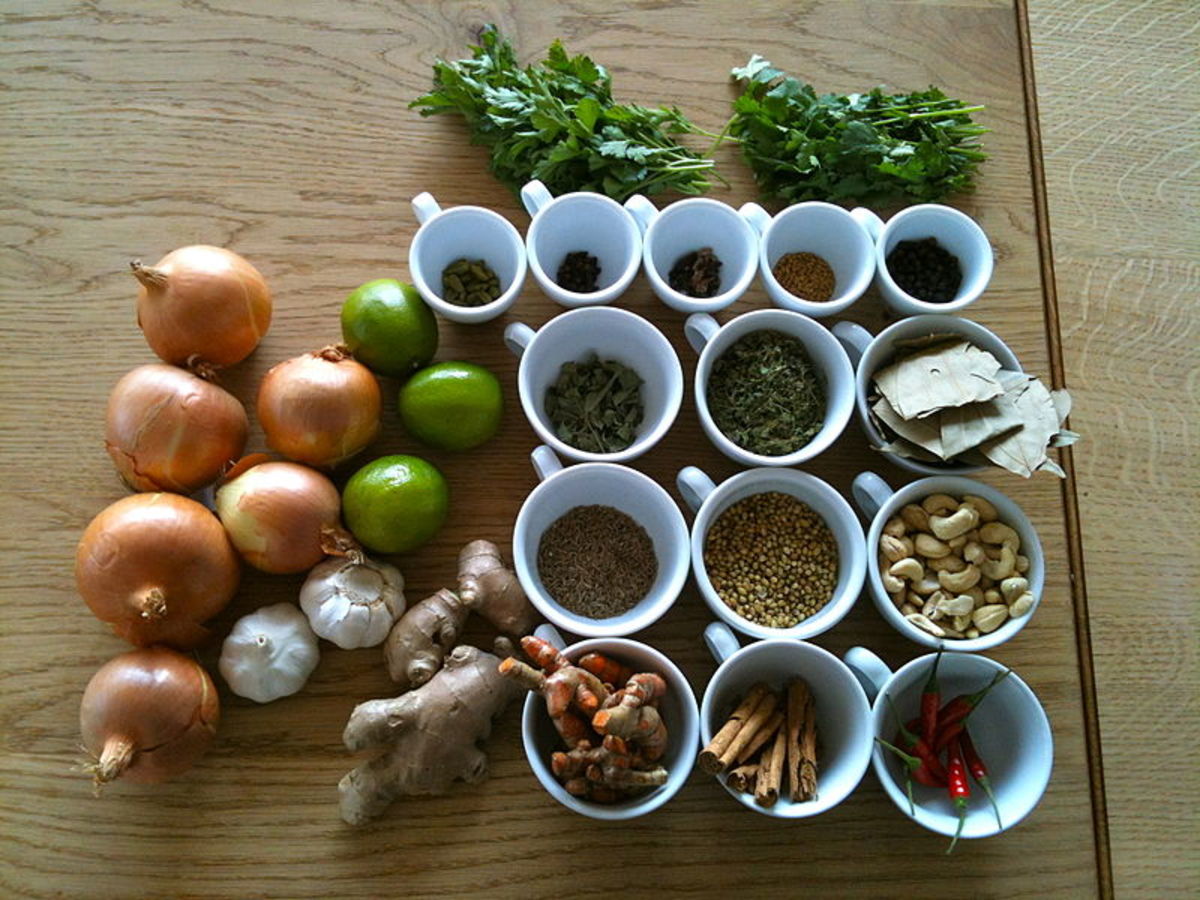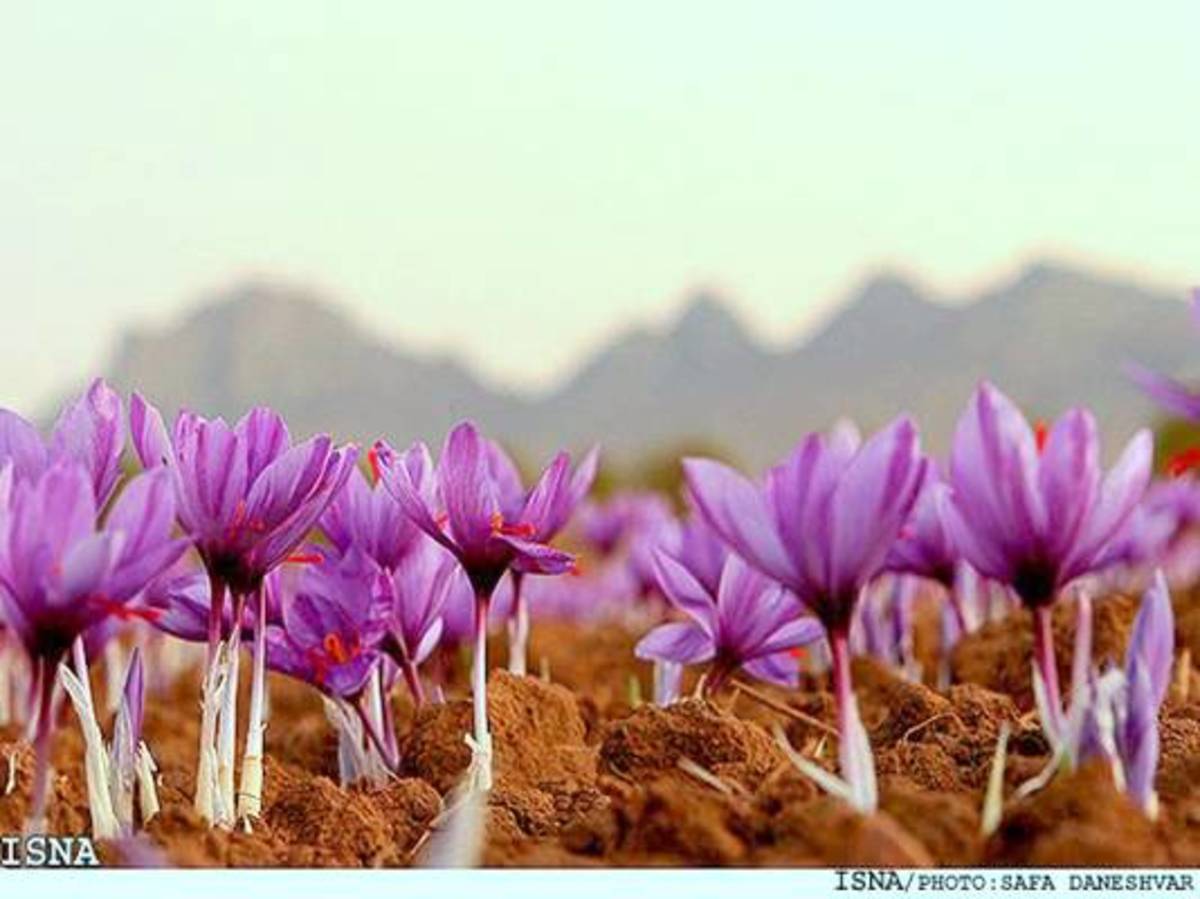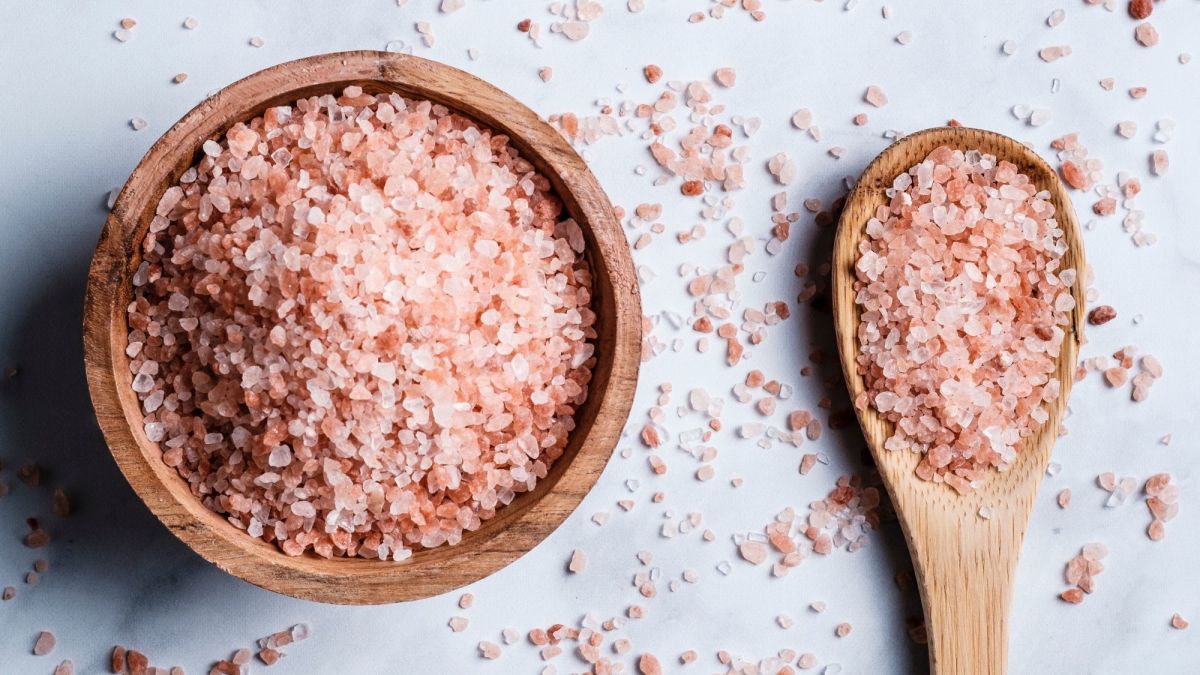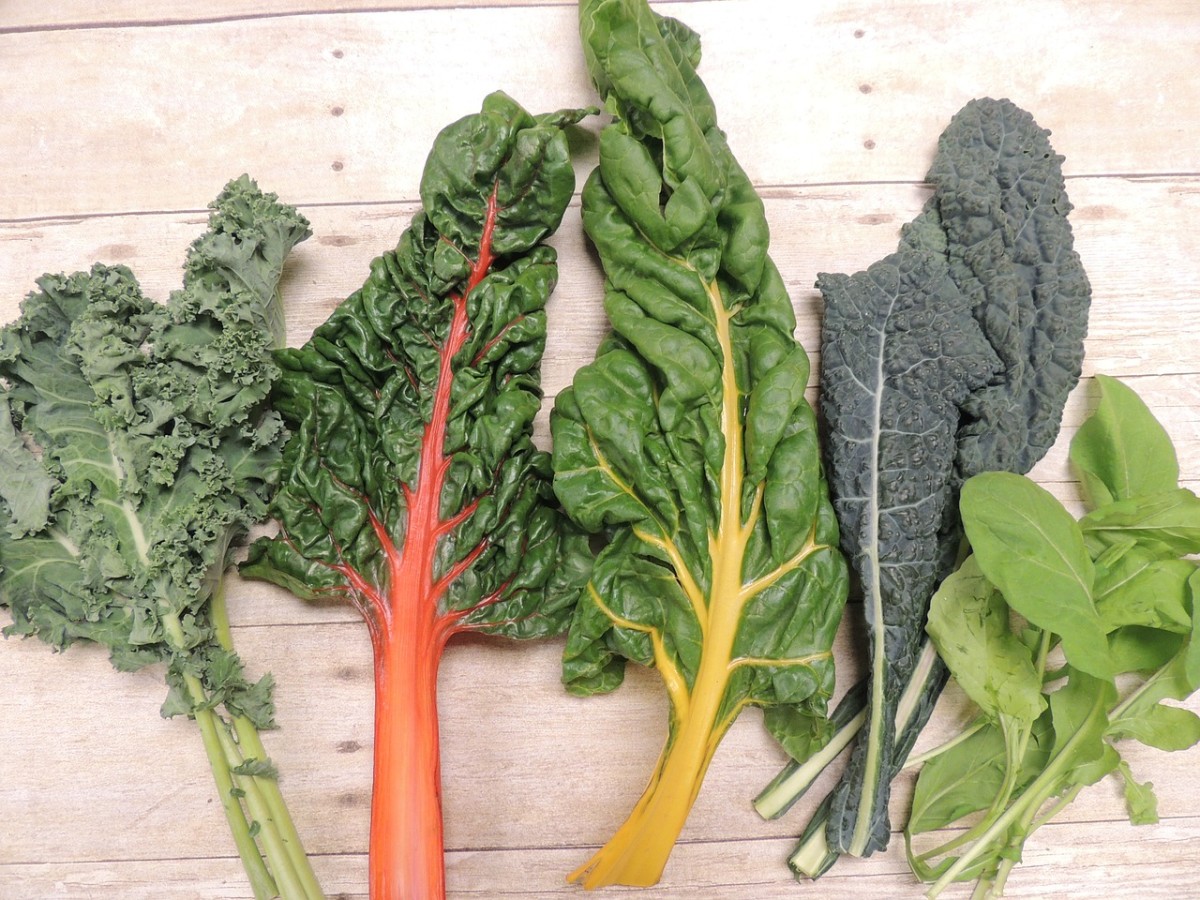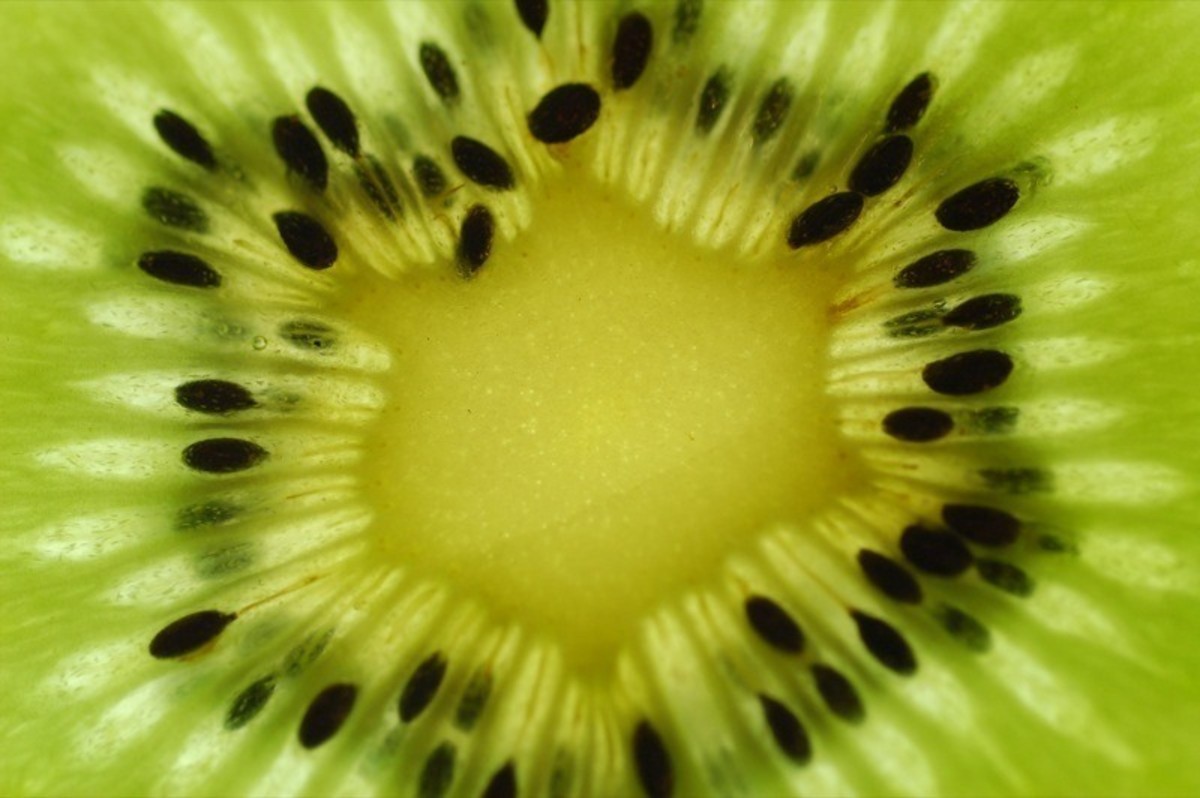Saffron - A Cancer Fighting Red Spice
The Saffron Crocus
Crocus sativus is an angiosperm in the family Iridaceae. The common name for this plant is the saffron crocus. They grow between 8-12 inches tall, and each crocus can have up to four flowers. The flower petals are purple, and the stigmas are crimson. It is from these stigmas that the spice known as saffron is derived. It has a bitter taste and the scent is similar to that of hay. The spice is the most expensive in the world, but fortunately, a little goes a long way. Saffron has a long history of use in medicinal and culinary industries. It is one of several plants that is being studied for its chemopreventive properties. It has other medicinal uses, but this article will focus solely on its anticarcinogenic potential.
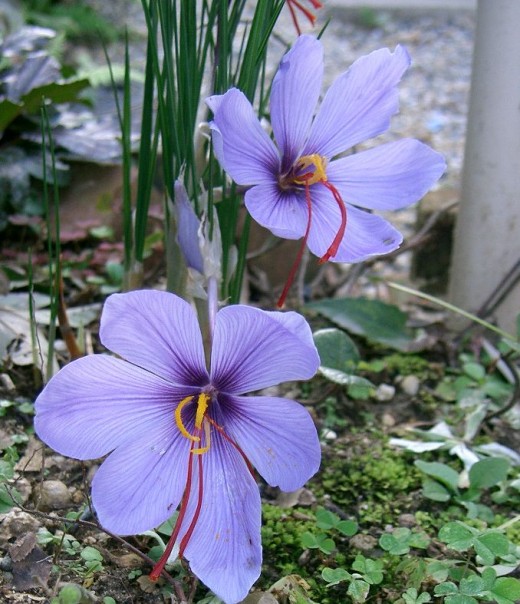
Cancer Fighting Components and Experimental Trial Results
One of the compounds of interest in saffron is dimethyl crocetin, which is a carotenoid. This is however not the only carotenoid found in saffron. This family of compounds is gaining ample traction in cancer research, both in prevention and treatment. The other compounds of interest are safranal, picrocrocin, and β-carotene. It is believed now in 2013 that between 50-60% of people being treated for cancer in the United States are also using some type of medicinal agents from plants in conjunction with their chemo, radiation, or surgical treatments. Cancer stricken mice given saffron in one noted trial had stalled or delayed tumor growth and increased their lifespan between 45-120%. It also was successful in delaying and in some cases preventing development of cancer in mice that were genetically predisposed to both soft tissue sarcoma and squamous cell carcinoma. Topical application of saffron also resulted in the inhibition of skin tumors.
In different cancers, it has been established that the effectiveness of saffron extracts are, of course, dose dependent, and also dependent on method of intake. In Ehrlich Ascites Carcinoma, saffron showed little to no effect when administered orally, however it showed a more successful effect when injected. When administered via injection, it was put in a liposome capsule. This suggests that part of its effect can be enhanced by a carrier, which could potentially lead to experiments in different carrier systems.
Another study was done which involved the isolated compound crocetin from saffron. This experiment resulted in subjects with several different types of tumor formations having increased lifespan. The crocetin inhibited cellular transformation, stalling or slowing progression of tumor growth.
Chemotherapy Side Effect Reduction
Even more recent research has revealed that not only can saffron act as a cancer preventive agent and a cancer inhibitor, it can also be utilized to help reduce side effects of chemotherapy drugs. In particular, cisplatin. This chemotherapeutic agent is used in the treatment of several cancers and is notorious for negative immediate and chronic side effects. The most dangerous side effects are its potential for damaging the kidneys, and neurotoxicity.
Saffron extract was administered to mice in combination with cysteine and Vitamin E who were treated with cisplatin. Their glucose, creatinine, and blood urea nitrogen were reduced. This strongly indicates that it can protect against the potential neprhotoxic effects of cisplatin, as well as its other side effects.
Methods of Action
The mechanism that the dimethyl crocetin is believed to use is to interfere and inhibit the production of these harmful nucleic acids. It accomplishes this by the disruption of mutated DNA proteins. It also has a hand in reducing oxidative stress, and further induction of apoptosis (cellular death) for malignant cells. In addition, it has also been shown in preliminary examinations to interfere in the pathways to tumor growth.
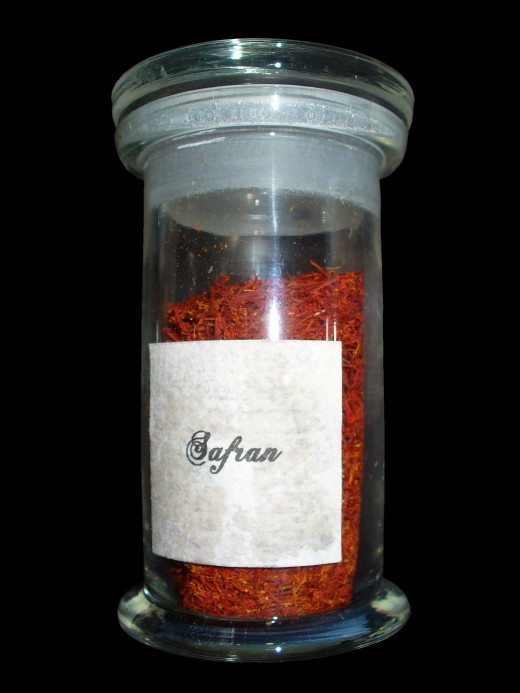
Where to Buy Saffron
One obstacle to the use of saffron in cancer treatment is its relative scarcity and cost. Saffron is administered in higher doses as a cancer medicine than it is in the diet. If saffron becomes more well known throughout the medical community and shows more promise in trials, a probably future solution to this is markets may emerge to grow the saffron crocus in indoor greenhouses in countries where climate is not suited for outdoor growth.
If you wish to increase or start including saffron in your diet, it is best to buy a brand that gives you whole strands instead of the ones that are already powdered. Look at the color. The redder it is, the higher the quality and potency. One recommended brand is The Gathering of Saffron. It is cultivated in Iran, which is the world's largest saffron producer. In terms of pricing, it is probably better to purchase your brand of choice on the internet, rather than at the supermarket. The exception to this rule may be if you have an ethnic market that sells it, it may be significantly cheaper. The general price on the Internet is $30-40 per ounce. And as stated before, a little goes a very long way in the diet. One ounce can last you months. It has a shelf life of a few years if stored properly.



